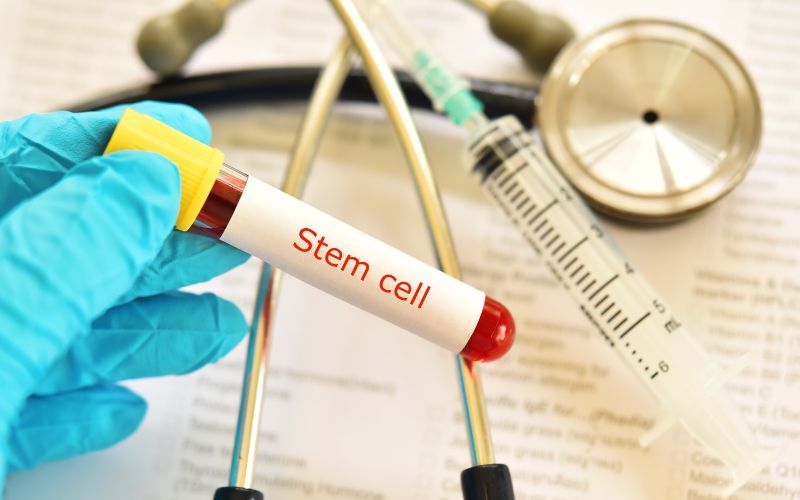Stem cells, with their remarkable ability to self-renew and differentiate into specialized cell types, have captivated the attention of scientists and medical professionals alike. This essay takes a journey into the captivating world of stem cells, shedding light on their potential to revolutionize medicine and open new doors for regenerative therapies.
- Understanding Stem Cells: Stem cells are undifferentiated cells that have the unique ability to develop into various cell types in the body. They can be classified into embryonic stem cells, derived from early-stage embryos, and adult stem cells, found in specific tissues and organs. This versatility holds immense promise for the field of regenerative medicine.
- Regenerative Potential: One of the most significant aspects of stem cells is their regenerative potential. Through carefully controlled laboratory conditions, scientists can guide stem cells to differentiate into specialized cells of various tissues, such as nerve cells, heart cells, or pancreatic cells. This ability holds great promise for repairing damaged tissues and organs, offering hope to patients suffering from previously incurable conditions.
- Disease Modeling and Drug Discovery: Stem cells also serve as invaluable tools in disease modeling and drug discovery. By generating patient-specific stem cells, scientists can recreate diseases in a laboratory setting, providing insights into disease mechanisms and facilitating the development of new therapeutic approaches. Stem cells are also used to test the safety and efficacy of potential drugs, accelerating the drug discovery process.
- Stem Cell Transplantation: Stem cell transplantation has emerged as a transformative treatment for various diseases, particularly in the field of hematology and oncology. Hematopoietic stem cell transplantation, for instance, has revolutionized the treatment of blood-related disorders and certain cancers. The ability of stem cells to replenish and rebuild damaged or diseased cells offers a beacon of hope for patients seeking effective therapies.
- Ethical Considerations and Challenges: The field of stem cell research also raises ethical considerations and poses challenges. The use of embryonic stem cells involves complex ethical discussions due to their origin from early-stage embryos. Researchers and policymakers navigate the fine line between scientific progress and ethical boundaries, aiming to strike a balance that upholds ethical standards while allowing for scientific advancement.
- Future Directions and Potential: As research in stem cell biology advances, new avenues and applications continue to emerge. The potential of stem cells extends beyond tissue regeneration, with ongoing research exploring their role in treating neurological disorders, cardiovascular diseases, and even age-related conditions. The exploration of induced pluripotent stem cells (iPSCs), which can be generated from adult cells, opens up further possibilities for personalized therapies and disease modeling.
Conclusion:
Stem cells hold the key to unlocking a future where regenerative medicine becomes a reality. Their remarkable ability to differentiate and replenish damaged tissues offers hope to millions of people worldwide. While ethical considerations and challenges remain, ongoing research and advancements in stem cell biology continue to push the boundaries of medical possibilities. By harnessing the potential of stem cells, we pave the way for a new era of healthcare, where previously incurable diseases may find effective treatments and patients can experience improved quality of life.

